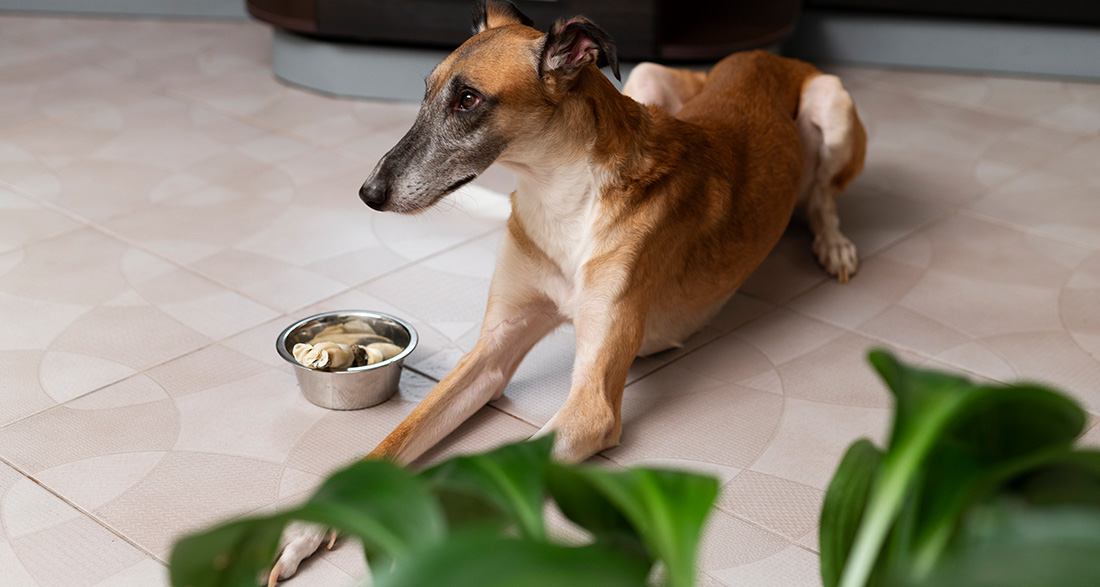Why is my dog not eating anymore? We’ll explain why dogs sometimes refuse their food and what you can do to stimulate their appetite.
Is your dog suddenly rejecting his food? Food refusal and appetite loss in dogs or puppies can be attributed to various factors:
- From a changed health condition
- to potential behavioral problems
- up to the food you’re offering.
As a quick note: Dogs can naturally go without food for a longer time, provided they are otherwise healthy. If their loss of appetite is due to their behavior, a dog is usually still willing to eat something – especially new food or treats.
To properly treat a dog’s loss of appetite, you need to know its source. Therefore, we have compiled a guide for the most common causes of reduced food intake and complete food refusal in dogs, along with some tips.
What to do if the dog stops eating?
No need to panic! Dogs can do well without their food for a few days. The causes can be different and quite harmless. Try to stimulate your dog’s appetite by not feeding him snacks for a while, giving him enough exercise, warming the food a bit, and not leaving it out all day. If you’re unsure, you can also call the vet and ask for advice.
When should I see a vet if the dog doesn’t eat?
Loss of appetite is not dramatic for an otherwise healthy dog and can be observed for a few days. However, if your dog also shows other behavioral abnormalities such as lethargy, tiredness, restlessness, or gastrointestinal problems, it’s better to call the vet directly and ask for advice.
Dog suddenly refuses his usual food – what to do?
The reasons for food refusal can be quite different. Sometimes, it’s enough for a young male to catch the scent of a female in heat, and he loses his appetite. Maybe your dog is simply full because he’s getting too many snacks, not being moved enough, has a bit of a stomachache, or knows that if he refuses the food long enough, he’ll get something else.
In such cases, it often helps to be strict and consistently offer your dog his food in the morning and evening for about 10 minutes and then remove it. Snacks and other treats should be cut out for a while.
If your dog is otherwise healthy, you can observe the situation for a few days. If you’re unsure, call your veterinarian for advice. If your dog still doesn’t eat after a few days, it’s advisable to have it checked by the vet.
Dog won’t eat wet food anymore – what could be the reason?
If your dog has always enjoyed wet food and suddenly looks unhappy at his bowl, he might simply be full. Perhaps he has received too many snacks and other treats lately. Maybe he has also learned that if he refuses his wet food long enough, he will get something else tasty. Sometimes, the lower quality of the food can also play a role in the refusal. If you’re unsure, seek advice from your veterinarian.
Causes of food refusal – why won’t my dog eat?
High Standards
Dogs are not born picky eaters – they learn to be picky. This is most common in smaller dog breeds that have been offered a variety of foods. If your dog refuses his food once, and you immediately offer him a different type, he will remember it and become even pickier.
Additional offerings like treats can provide the dog with a higher number of calories than the owner is aware of, so your dog may not feel as hungry and can easily do without other foods. Also, note that dogs that get table scraps and leftovers from food are often even pickier.
The same goes for dogs not fed on a schedule – dogs that learn to be fed at certain times are more likely to eat than those who are not sure when they will be fed next.
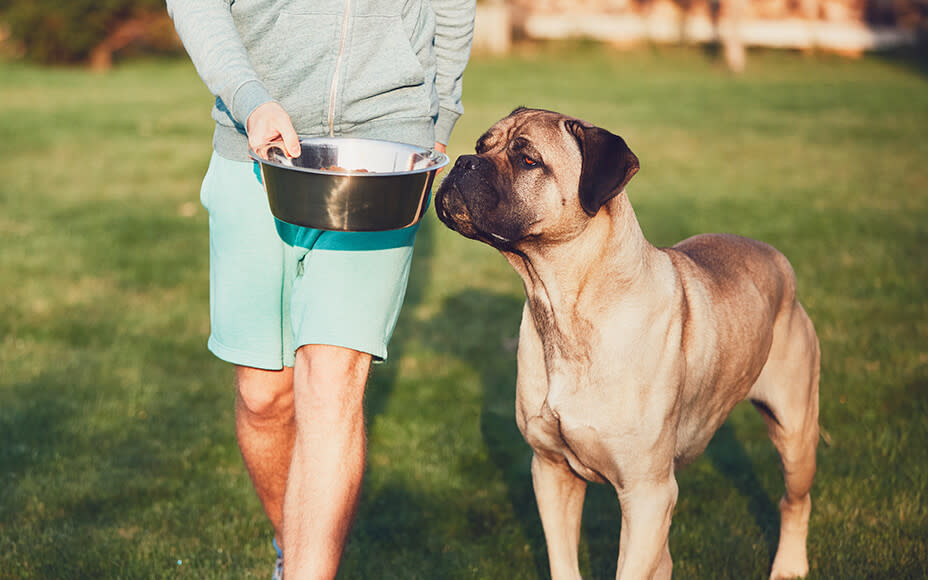
Poor Quality of Food
One thing that can make a dog not want to eat is the poor quality of the food. In the context of a dog’s species-appropriate and healthy nutrition, the quality of the food plays the most important role. The following problems occur with poor-quality food:
- Eating that has gone rancid: Some dogs recognize and refuse food that has become rancid. This can happen if the contained fats have deteriorated due to poor storage or the age of the product.
- Foods rich in fiber: Dogs find high-fiber foods less tasty than foods with lower fiber content. Especially inexpensive foods often contain a high amount of grains, which may fill them up but simply don’t make them appetizing.
- Prior contact with fresh, preserved, or raw diets: Dogs may avoid regular food after enjoying fresh, preserved, or raw foods such as BARF. These foods are richer in flavors due to their additional moisture, to which dogs react strongly.
How do I notice if it’s due to poor food quality?
If you offer your dog a new portion of his usual food, and he eats it immediately, it may be an indication that the previous portion wasn’t good. Naturally, you can also notice a lack of quality through changes in consistency, a foul smell of the food, or by checking the ingredient list. Are there animal by-products listed without detailed breakdown?

Boredom in the Bowl?
Could it be that my dog is simply bored with his usual food? Most likely not.
This seems very unusual without another factor, such as introducing new food or treats. Many dogs are content to eat the same food as long as it is offered. If a dog is unaware of other options, it’s quite unlikely that he’s bored.
If a dog suddenly decides that he just doesn’t want to eat his usual food anymore, he may have acquired picky eating habits. Additionally, the formula of the familiar food and hence its taste might have changed.
Household Stress:
New four-legged companions or new people in the household can be stressful for your dog, especially if he is older, very routine-oriented, or naturally shy.
Stress can significantly affect the appetite of dogs, as they tend to focus more on what’s happening around them rather than eating.
How do I recognize if stress is the problem?
Evaluate whether your dog shows basic enthusiasm for his food, depending on how routine and calm his environment is. Dogs with new, permanent changes in the house (such as a new pet or a baby) usually return to their usual eating habits after one or two weeks.
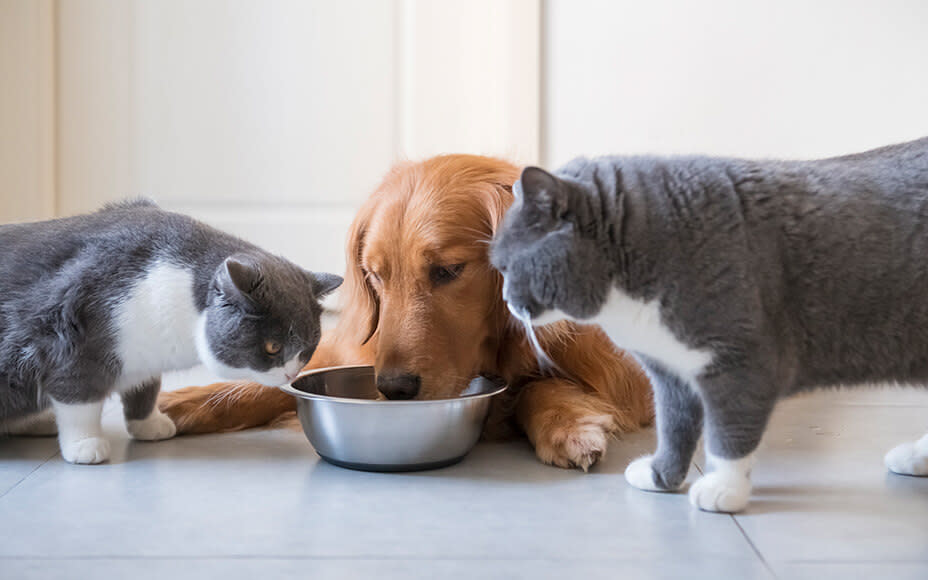
Too Many Snacks
Treats are often the reason why your dog becomes picky. When dogs receive many treats of various types and flavors, they expect the same from their food. Additionally, treats provide your dog with extra calories, satisfying your furry friend enormously and making it easy for them to skip regular meals.
Dental Problems:
Dogs often don’t show their owners when they’re in pain. Dental pain is no exception. Routine dental check-ups at the vet and regular teeth cleaning are the best prevention against tartar and worse. Dental problems include root and jaw infections, tooth mobility, or even tooth loss.
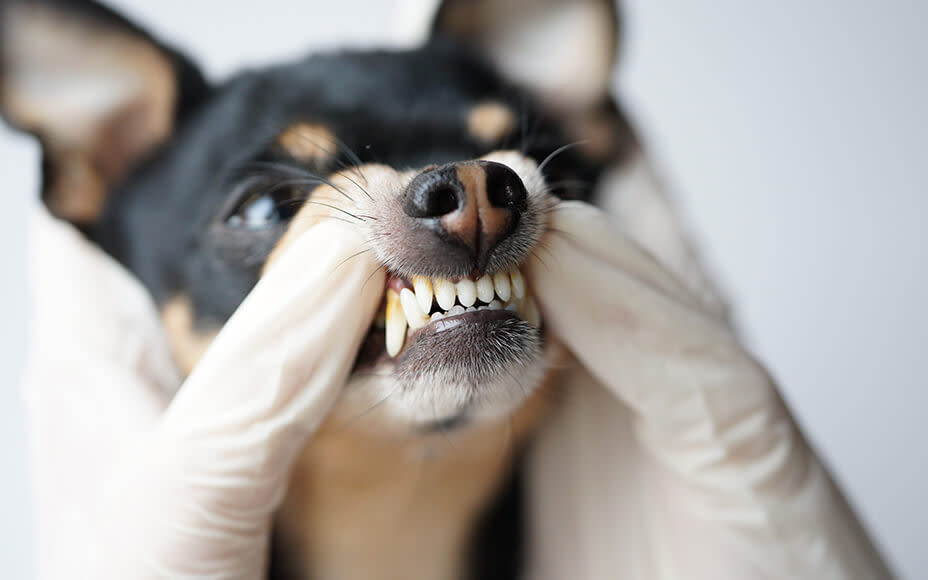
How do I recognize if my dog has dental problems?
If your dog stops eating, it’s not a bad idea to take a look inside his mouth or perform a veterinary checkup. Foul odor, loose teeth, or large amounts of tartar can also be signs that something is wrong. Tooth changes often lead to complaints such as pain and itching. If this doesn’t resolve on its own, a visit to the vet is advisable.
Physical & Medical Causes
Most cases of prolonged, i.e., lasting more than three to five days, complete refusal of food and chronic malnutrition result from a specific physical or medical condition.
Examples of illness-related causes of appetite loss can be pain caused by acute tissue injuries or inflammations of the joints. Kidney, liver, or heart diseases leading to altered blood concentration can cause diarrhea, vomiting, and constipation, just like gastrointestinal problems.
Blockages, diarrhea, intolerances or allergies to a specific food, parasites, or intestinal diseases can also lead to your pet no longer wanting to eat.
But how can I assess whether it’s a physical or medical problem?
It is crucial, when signs of a health-related problem are observed, to consult a veterinarian and describe the changes you have noticed in your pet. Often, the vet can help you find a cause for the change through blood, feces, or urine tests and adjust the feeding to your pet’s needs.
Age:
As dogs get older, they become less active and require less energy from their food. Small dog breeds are considered seniors only from 8-10 years onwards, while large dog breeds can be considered seniors as early as 6 years old. In old age, it is crucial that your dog receives adapted food tailored to seniors to meet the energy and nutrient requirements.
If an older dog is otherwise healthy, cognitive changes can also influence his dietary plan or appetite. It’s not necessarily a problem if a senior eats less, as reduced activity can lead to quick weight gain, which, in turn, negatively affects the dog’s joints.
Regular routine check-ups with the veterinarian can detect changes early on, allowing adjustments to the diet to avoid loss of appetite.
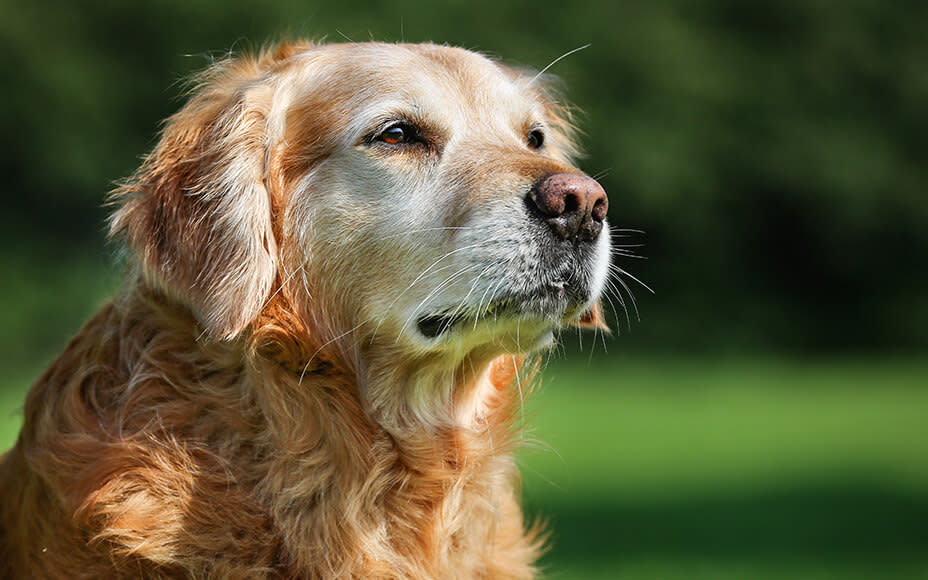
9 Tips to Stimulate Appetite
If you suspect that your dog’s eating behavior is influenced by behavioral problems, the following tips may help your pet return to normal eating:
- Try a new type of food to see if your furry friend is generally not eating or just tired of his old food.
- Stick to a strict feeding schedule with precise feeding times.
- Take the bowl away if your dog hasn’t eaten after 10 minutes. This teaches the dog that he doesn’t always have the opportunity to eat and can “lose” his food.
- Avoid treats to reduce excess calories.
- Warm the food slightly, for example, with a water bath or by adding some warm water. The warmth enhances the smell of the food, making it more attractive.
- Try a new feeding location, perhaps the bathroom or hallway. Smaller, quiet rooms provide more security for the dog. Also, avoid noise, stress, and the presence of strangers while the dog is supposed to eat.
- Engage in a small training session with your dog before feeding. This stimulates the dog’s metabolism and promotes appetite.
- Introduce variety into the feeding routine, such as different types of food. However, be cautious not to change the varieties too frequently to prevent the dog from waiting for something better or new.
- Test a new bowl! Many dogs don’t like eating from aluminum bowls because they reflect. The sound of food in each bowl can also be a disruptive factor. Plastic bowls can alter the taste of food due to plasticizers. Try bowls made of ceramic or glass or even a regular plate.
No Need to Worry
You can see that there are many adjustments you can make if your beloved pet refuses to eat. Often, the issue resolves on its own. However, as persistent refusal can also be a sign of a physical problem, it’s essential to observe your dog for any additional abnormalities.
If there is no improvement in behavior after 3 days, consult your trusted veterinarian. Together, you will find a solution to the problem so that your furry friend can once again enjoy his meals with gusto.


